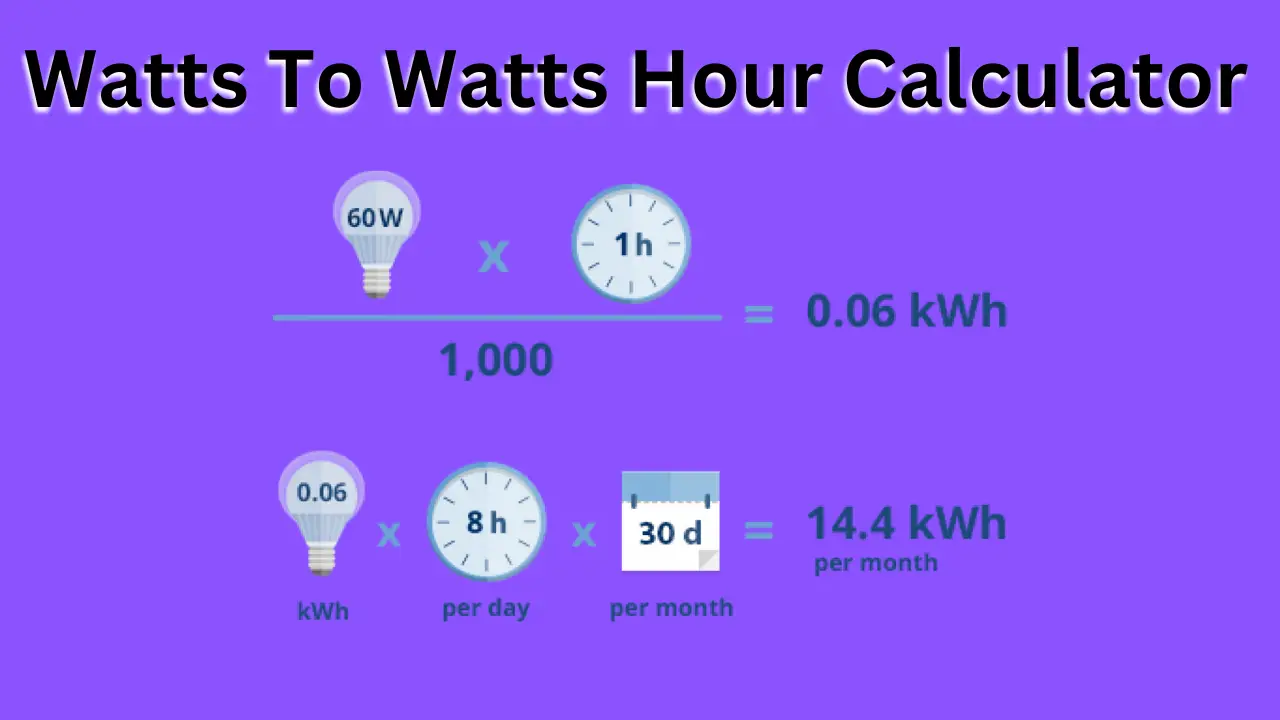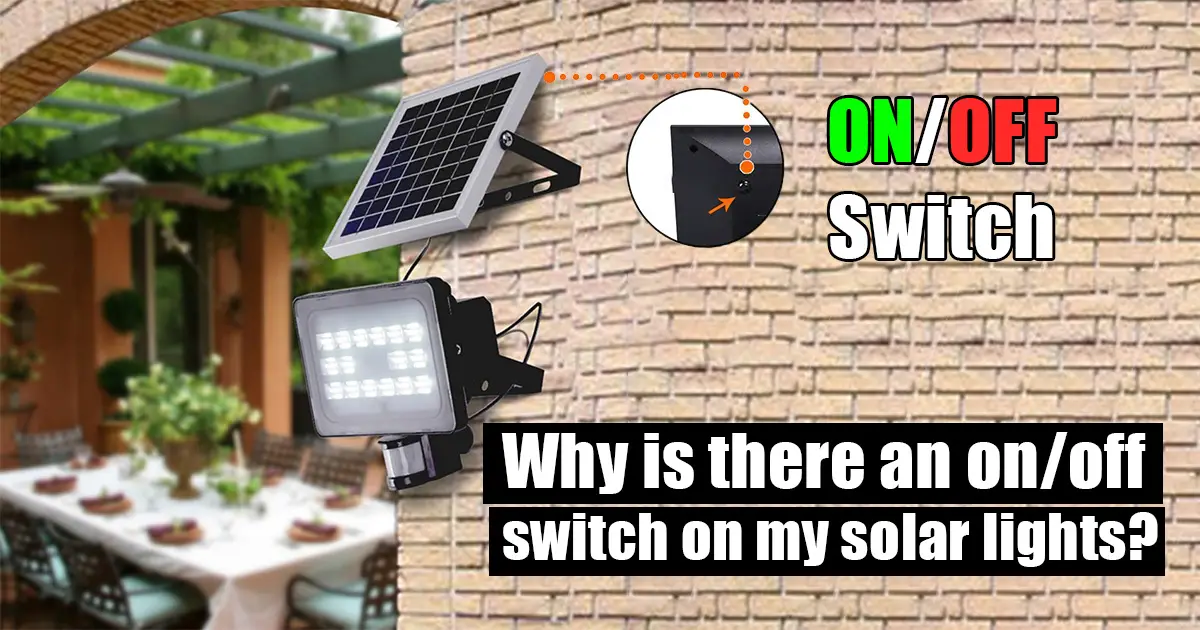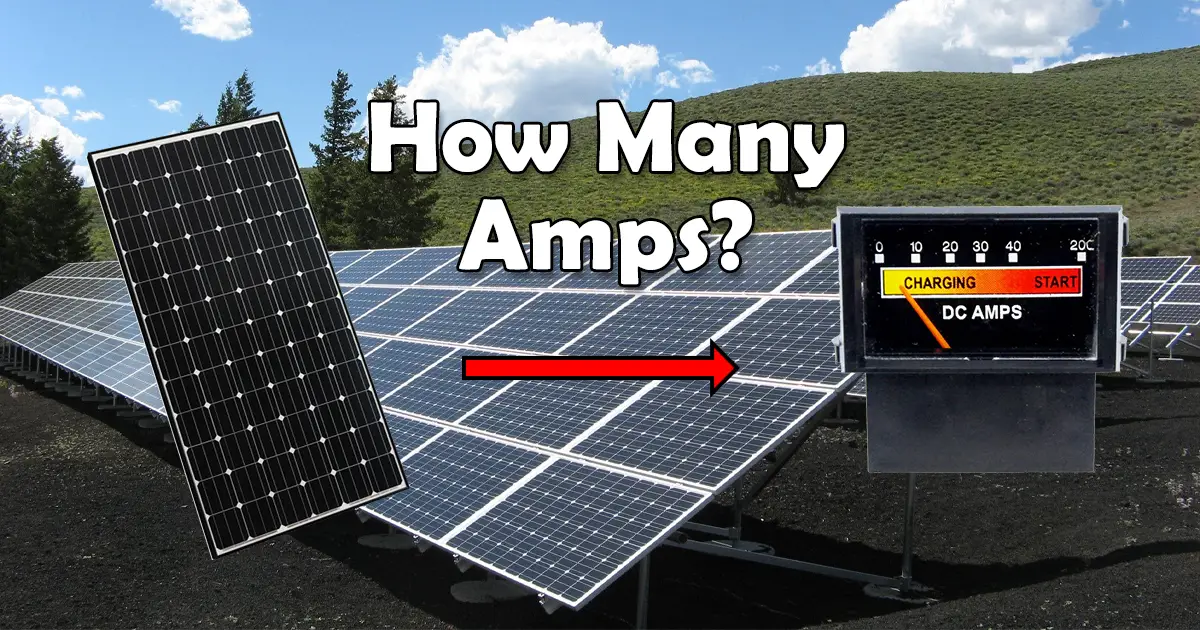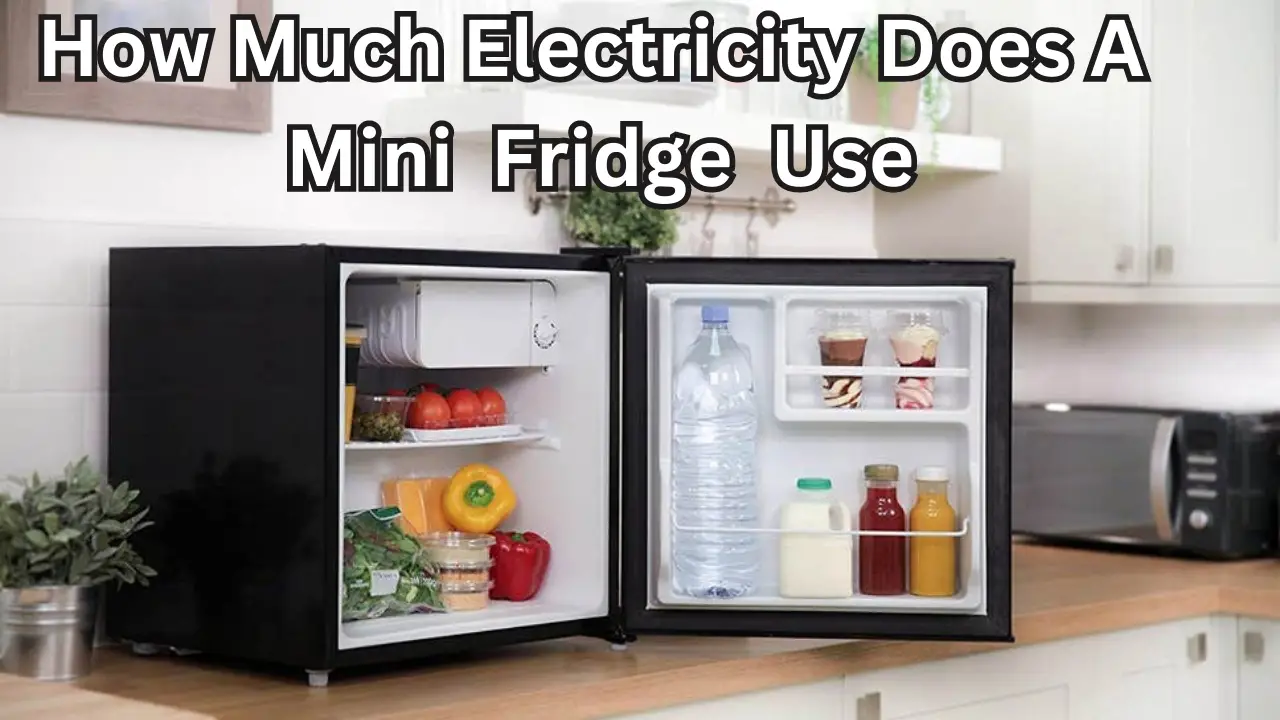One of the main forces that drive our modern world is electricity. Whether it is used to power electronics, light up our homes, or run big industrial operations, electricity is crucial to our daily lives. Understanding the link between amps, volts, and watts is crucial for understanding and properly managing electrical systems.
These electrical components are linked together and controlled by a straightforward yet effective formula that enables us to determine the power requirements of various devices and circuits. We will explore the interesting world of amps, volts, and watts in this post, as well as how to use the formula and calculator to choose the best course of action for using electricity.
Amps (Amperes)
Amps, denoted by the letter “A,” are units used to measure how quickly electricity flows across a circuit. In plainer language, it measures how many electrons traverse a certain spot in a conductor each second. A coulomb of charge moving through a location in a circuit once every second is equal to one ampere. A device’s electrical current drawn from a power supply is expressed in amps.
Amps calculations
The voltage V is divided by the resistance R, which gives the current I in amps –

The power P is divided by the voltage V, which equals the current I in amps –

The square root of the power P is divided by the resistance R to yield the current I in amps –

Volts
Volts are the unit of electric potential difference or voltage, represented by the letter “V.” The force that propels the movement of electric charge (electron) through a circuit is voltage. To put it another way, it calculates the force or energy needed to force electrons through a conductor. An increased flow of current results from a greater potential difference, which is shown by a higher voltage.
Volts calculations
The resistance R in ohms () multiplied by the current I in amps (A) results in the voltage V in volts (V) –

The power P is divided by the current I to give the voltage V –

The square root of the power P multiplied with resistance R to give the voltage V –

Watts
Watts, denoted by the letter “W,” stands for electrical power. The pace at which energy is produced or consumed in an electrical circuit is known as power. It gauges how quickly energy is used up, or the job is completed. Watts gives us a precise way to evaluate a device’s real output or consumption, which is useful for evaluating its effectiveness.
Watts calculation
The voltage V in volts (V) multiplied by the current I in amps (A) results in the power P in watts (W) –

The squared voltage V in volts (V) divided by the resistance R in ohms () gives the power P in watts (W) –

The resistance R in ohms () multiplied by the square root of the current I in amps (A) results in the power P in watts (W) –

The Relationship

An easy formula governs the relationship between amps, volts, and watts:
Volts (V) x Amps (A) = Watts (W)
Watt’s Law is the name of this formula. It demonstrates how voltage and current are directly related to electrical power. To put it another way, an increase in voltage or current will result in an equal increase in power production or consumption. In order to comprehend this link better, let’s look at a few examples:
Example 1:
Assume we have a gadget with a current requirement of 2A and a voltage rating of 120V.
Using the formula for Watt’s Law:
Watts (W) = 120V x 2A = 240W
The appliance uses 240 watts of electricity.
Example 2:
For a different appliance with a 220V voltage rating and 1.5A current demand:
Watts (W) = 220V x 1.5A = 330W
The 330 watts this device uses are power.
How Can These Units Be Useful?
You might be unsure about how to use these values now that you understand what they actually imply.
One of the most important things to keep in mind if you have a solar power system set up is that your inverter should never be entirely depleted.
Check out these modest solar power system possibilities if you’re looking for a respectable arrangement.

It has a battery inside to store energy, and batteries deteriorate every time you use up energy from them. This implies that you are bringing your inverter a bit closer to death with each depletion.
We must be aware of what we can connect to it and how long it can operate in order to prevent this. For instance, if you choose a little inverter, it won’t be able to tolerate being connected to something like a hairdryer.
This device must generate a significant amount of heat, which necessitates a significant energy input. This technique would probably exhaust a modest inverter.
So what happens when a device reports the number of watts it consumes, but you need to know the number of volts it consumes? Or perhaps it informs you of the amps it consumes, but you need to know the watts?
Below are some conversion examples using the appropriate formulas.
Amps, Watts, Volts Calculation
Watts to Amps
The conversion formula is as follows:
Amps = Watts / Volts
We’ll use typical wattage and voltage data to demonstrate how to apply this formula. We’ll utilize 120 V and 7,000 W.
Put these numbers into the formula now.
Amps = 7,000 / 120
= 58.33 A
Watts to Volts
Understanding voltage is crucial since it affects safety. A fire might start if you overcharge your inverter.
But don’t worry; the computation is very straightforward.
This is it:
Volts = Watts / Amps.
In essence, we’re applying the same equation as before. We are merely rearranging the variables to produce the desired result. We’ll use the same figures because of this.
Volts = 5,000 / 41.67
= 120 V
We know that these numbers might be overwhelming for you to handle, for this reason we present this handy calculator that will ease the process:
Conclusion
Effective electricity management depends on knowing how amps, volts, and watts relate to one another. Volts represent the potential difference, amps reflect the flow of current, and watts represent the amount of power used or generated. These electrical components are connected by the straightforward but effective Watts Law formula, which gives us a quick and precise way to determine the power (W = V x A).
Online calculators enable both professionals and amateurs to speed up their work and make knowledgeable electrical consumption decisions, resulting in more effective and secure electrical systems in our increasingly electrified society.





